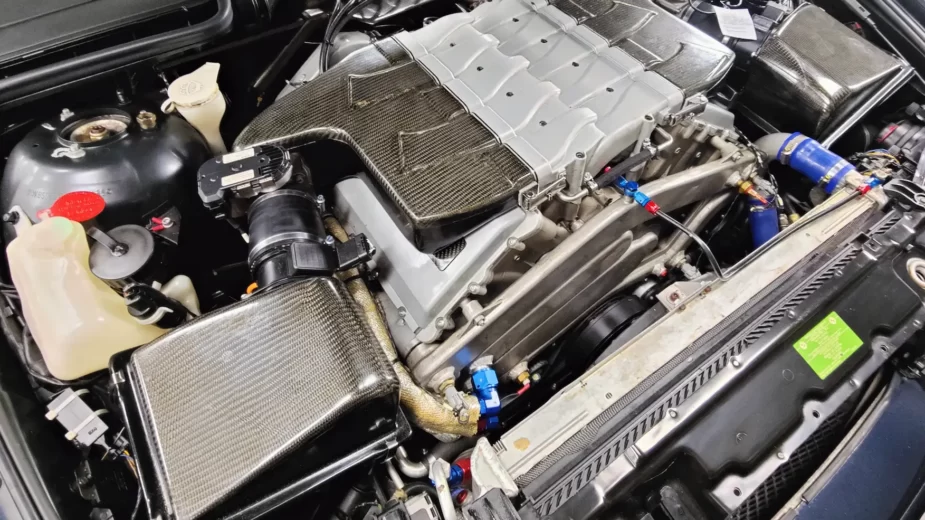SCANIA

Scania presented this Friday morning (22) its new generation of road and urban buses in Brazil. In addition to having more advanced electronic features, there have been updates to the engines. Thus, the line complies with the new emission reduction rules, which come into force in January 2023. Likewise, to fit the Proconve P8, equivalent to Euro 6, the propellers became more economical. According to the brand, the gain was up to 7% compared to the previous generation.
Starting with the intercity bus line, Scania presents eight models. The K 280 4x2 is offered in versions with a diesel engine and HVO, the so-called "green diesel", derived from vegetable oils. Likewise, there are options for CNG and biomethane. This configuration is also available for the K340 4x2. The others are K 320 C 4x2, K 370 C 4x2 and 6x2, as well as K 410 6x2(image above), K 450 8x2 and K 500 8x2. According to Scania, the latter is the most powerful bus in the Brazilian market.
That is, there are two engine options. The 9 liter has five cylinders in line and the 13.0 has six cylinders in line. According to the manufacturer, the updates also resulted in an increase of 10 hp in power. Thus, these engines generate 280, 230, 340, 370, 419, 450 and 500 hp. In the case of maximum torque, the average gain was 15.3 mkgf. Therefore, it goes from 138 mkgf to 260 mkgf, depending on the version.
Comfort and safety solutions...The 12-speed automated transmission, called Opticruise, was maintained. However, as had already been done in Scania trucks, it gained the Layshaft Brake system. As a result, gear changes were up to 45% faster, according to the manufacturer. Therefore, there is better use of the engine's responses, as well as a 1% reduction in diesel consumption. In this sense, the three driving modes collaborate: economy, power and standard.
Regarding the new electronic resources, the highlight is the security systems. From now on, all Scania road buses sold in Brazil have ADAS 2.0. It is a set of driver assistance devices that use sensors and cameras, among other items. Thus, if the system detects that the driver is tired, for example, it starts to trigger light and sound signals warning of the risk of continuing the journey.
There is also the Asla, with sensors that eliminate blind spots on the sides. As well as detect objects and people ahead. The device also acts on the brakes, engine and gearbox to reduce speed and even stop the bus automatically, in case of risk of collision. In addition, it maintains the preset distance from the vehicle in front to keep up with the pace of traffic. And, by identifying which vehicles that were stopped have started running again, you can start the march alone.
In the urban segment, the new Scania range includes the K 280 4x2, K 320 6x2/2(image below) and K 320 6x24 models. These have diesel and HVO engines. In addition, the brand offers the options K 280 4x2, K 340 6x2/2 and K 340 6x24 with CNG and/or biomethane engines. Thus, the brand remains the only one in Brazil to have alternative options to diesel.
Another highlight is the 6x2*4 chassis, with an option of 15 meters in length. According to Scania, this model meets the demands generated after the reduction of infections caused by covid-19. According to the brand, with the drop in the number of passengers generated by the home office and changes in peak hours, the need for large vehicles in cities decreases. Thus, the novelty takes up to 130 passengers, compared to 160 of the articulated ones, which were kept in the company's product line.
The transmission is a second generation ZF Ecolife six-speed automatic. According to Scania, the weight of the box has been reduced and gear changes are made faster. With this, the company promises a reduction of up to 3% in fuel consumption compared to the previous model.
Scania has also prepared new maintenance service packages. The highlight is the flexible plans, which vary according to the use of the vehicle. According to the brand, a survey of owners of vehicles with a Euro 5 engine revealed that this option is quite advantageous. Among the results, these models were, on average, 43% more available. And the economy in oil changes reached 300 liters.
Scania has also prepared new maintenance service packages. The highlight is the flexible plans, which vary according to the use of the vehicle. According to the brand, a survey of owners of vehicles with a Euro 5 engine revealed that this option is quite advantageous. Among the results, these models were, on average, 43% more available. And the economy in oil changes reached 300 liters.
Mundoquatrorodas



Nenhum comentário:
Postar um comentário